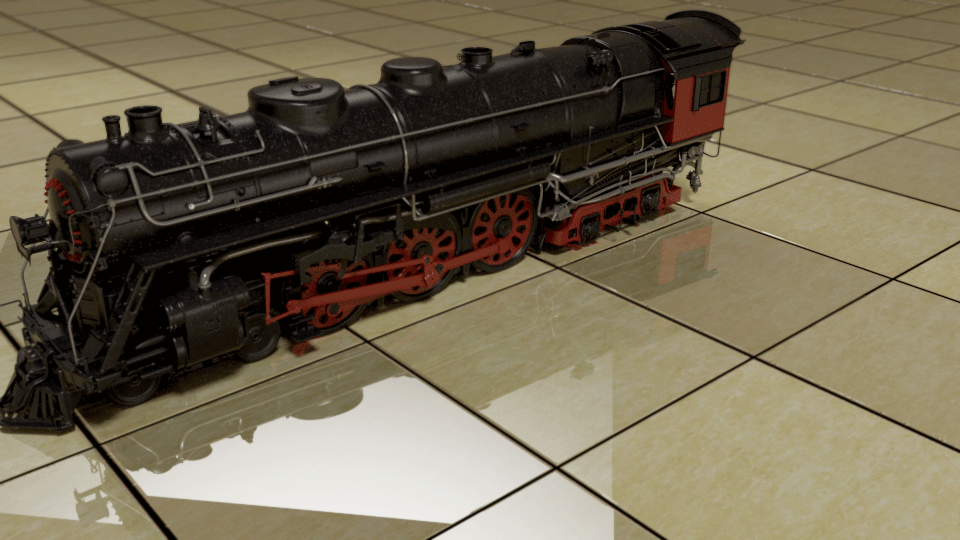This page provides information on the Bump Node in V-Ray for Blender.
Overview
The Bump node gives the ability to add bump map and normal map effects when using any material.
Simply connect a material into the Bump node to add additional bump or normal map functionality. Stacking multiple Bump nodes together can create a more complex surface material by allowing the use of several bump and or normal maps together easily.
© Milo Liao
UI Path
||Node Editor|| > Add > BRDF > Bump
Node
Bump Texture -
Bump Amount Texture -
Parameters
Type - Allows the user to specify whether a bump map or a normal map effect will be added to the base material.
Bump - Normal bump map.
Normal (Tangent) - Normal map in tangent space.
Normal (Object) - Normal map in object space.
Normal (Camera) - Normal map in camera space.
Normal (World) - Normal map in world space.
From Bump - The map is applied as determined by map type itself.
Explicit Normal - Applies the map as an explicit normal.
Bump Delta Scale - Scale for sampling the bitmap when using bump mapping. The exact value is calculated automatically by V-Ray, but can be scaled here.
Bump Shadows - When enabled, V-Ray will consider the bump maps when rendering shadows produced by objects with the bump material applied to them.
Compute Bump For Shadow - When enabled, computes bump mapping for shadow rays in case the material is transparent. Otherwise skips bump mapping for shadow rays which improves render times.
Maya Compatible - When enabled V-Ray will render the bump mapping in such a way that it matches the result that can be achieved in Maya.
Example: Bump Shadows
When Bump Shadows are enabled, V-Ray takes into account shadows produced by objects with the bump material applied to them. In the images below, a checker map is used to bump the tiles for slightly different heights, as well as bumping the lines between the tiles. When Bump Shadows is turned on, the reflection of the train on the reflective floor tiles has been affected. Whereas when Bump Shadows is not turned on, the bump from the reflective floor tiles plays no part in how the shadows and reflection are rendered.
Bump Shadows turned on. Notice how the reflection and shadows have changed in the reflective floor tiles.
Bump Shadows turned off






